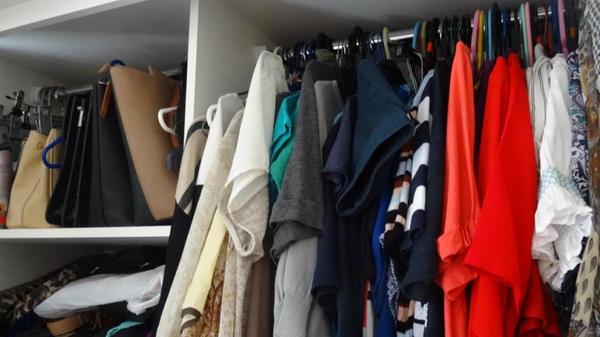
Are Christmas gifts just around the corner and not even one more piece of clothes in the closet?Quiet, you are not the only one.The Fast Fashion, with clothes at a very low price but also of worse quality, causes us to change our look very often but also that we generate more and more textile waste.
According to a study of the circular fiber initiative and the Ellen MacArthur Foundation (a new textile economy: redesign the future of fashion), every second is deposited or burned the equivalent of a textile garbage truck.The report concludes that an estimated value of 426 is lost.000 million euros per year due to clothing that is barely used and rarely recycled.And no less important is the environmental impact of this pile of clothes: the textile releases half a million tons of microfibers in the ocean every year, which is equivalent to more than 50.000 million plastic bottles.
What can we do to reduce the impact of our desire to buy clothes?"Always throw our old garments to special containers for the recycling of textile waste, be they are from the entity," replies Pedro Andrés, president of the Iberian Textile Recycling Association (AsirTex).Even the stooping socks.The problem of this growing residue is that "once we throw it in the conventional garbage container, it is already unrecoverable," Andrés laments.
At present, only 18% of textile waste (including clothing, shoes and accessories) are recycled, according to the president of Asirex.This percentage is far from the 50% objective set for the year 2020 and contemplated in the 2016-2022 State Waste Management Plan (PEMAR).Andrés estimates that for that date Spain will not reach 25%.

The second life of used clothes
The textile represents between 5% and 6% of municipal waste, standing as a fifth fraction and with a high percentage of use.The potential of this residual today is huge.
"The first option is the reuse of garments," explains Andrés.Traditionally clothing passed between family or friends, especially between brothers.Fast Fashion puts this model at risk due to the low quality of the pieces."In our hands is buying higher quality and more durable pieces," says the expert.
"Most of the garments that end in a textile selection container are exported for sale in countries where second -hand RPA is bought, but they are less and less," laments the president of AsirTex."Only 1% goes for social benefits," he says, a reality that is far from popular thinking.
Recover clothes but that can no longer have a second life is recycled and converted in new raw material, either for the production of cleaning rags, for the elaboration of new textile or for other different uses that have nothing to do with thePreparation, such as the generation of insulating materials.
The Ellen MacArthur Foundation report presents a more ambitious vision for textiles based on the principles of the circular economy, which minimizes the extraction of new resources as well as the generation of waste.For this, it is necessary that the entire industry be behind this new model in which clothing lasts longer, it can be used more, it can be rented, repair and recycled easily.The president of Asyrtex also urges to be paid to the textile industry to contaminate, as is the case with other sectors.
Waiting for this transformation, if you have to clean cabinets you already know: clothes, their own container.
More information at the avant -garde
The ‘low cost’ multiplies textile waste, by Antonio Cerrillo